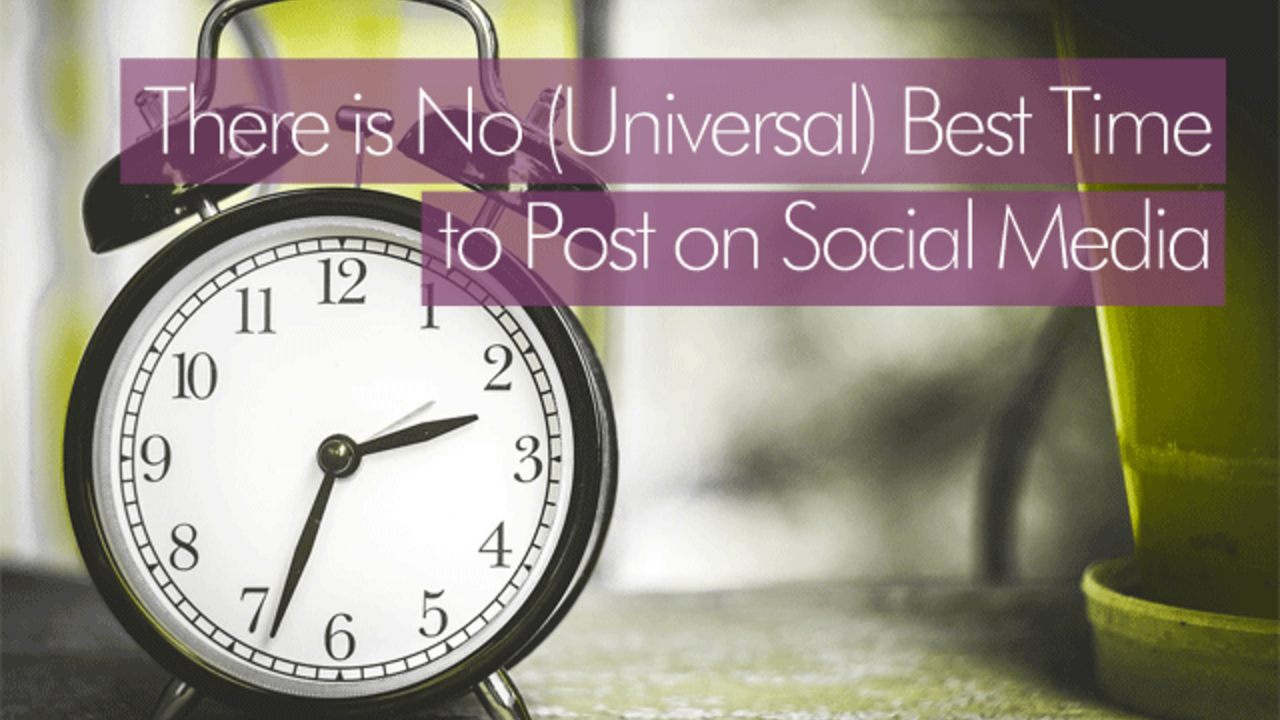There is No (Universal) Best Time to Post on Social Media

There are a plethora of articles and infographics on the internet that claim to tell you the best times and days of the week to post on social media. These make me cringe. Like seriously, my face does this:

Every time I see an article or infographic like this I think about *you*, the small business owner, and picture you blindly following these times and dates to the minute, without knowing if those times and dates actually make any sense for your business, your industry, and your audience.
If you ask me what the best time to post is, this is the answer you're likely to get: "It depends."
If I'm feeling especially cheeky, I might say something like "I don't know. What *is* the best time to post for your fans?"
This is the point I'm trying to make: only *you* can know the best times to post. And you can do that with some observation and a peek at your analytics. Here are some reasons why you can't always rely on those 'best times to post' articles, and why you need to read the fine print:
-
They can be industry specific - people who are connecting with a restaurant may have very different online behaviour than those connecting with a toy store. Foodies will likely be consistently interacting the most around mealtimes, whereas the parents are likely interacting early in the morning or late at night, when the kids are sleeping! If the article is using data from your industry, great, but please make sure to check;
-
They can be network specific...or not - sometimes the data reported will only be for a specific social network, and if it's one you're not using, you can't automatically assume those times will translate to another network. Alternatively, the data may be lumped together, which is even less helpful;
-
They can be tool specific - the data is often compiled by companies who sell online marketing tools, which means that you're only getting the information about a subset of online businesses. And depending on how much those tools cost, they may be used by large companies who are targeting a much different demographic than you;
-
They can be based on different geography - make sure to check that the data is from the same region or country that you serve. A variety of cultural, social, and practical reasons can make daily life and online usage different from country to country;
-
They can be based on 'big' businesses - sometimes the numbers only come from businesses that have a certain number of followers (10,000 is a common number that springs to mind). Like with #3, these businesses may have a much different demographic than you.
The lesson: always check sources! An article should have links to all of their sources, and a properly made infographic will also list the sources at the bottom of the image, so if it's unclear *where* this data is coming from, investigate!






